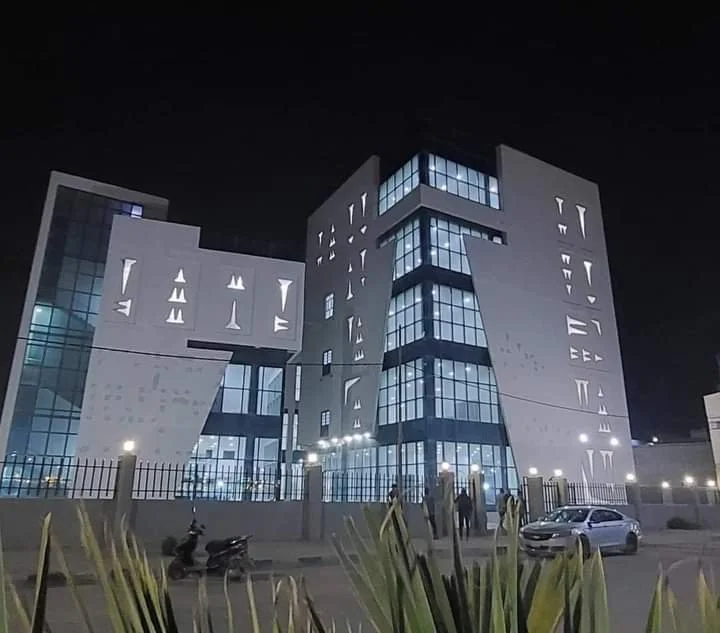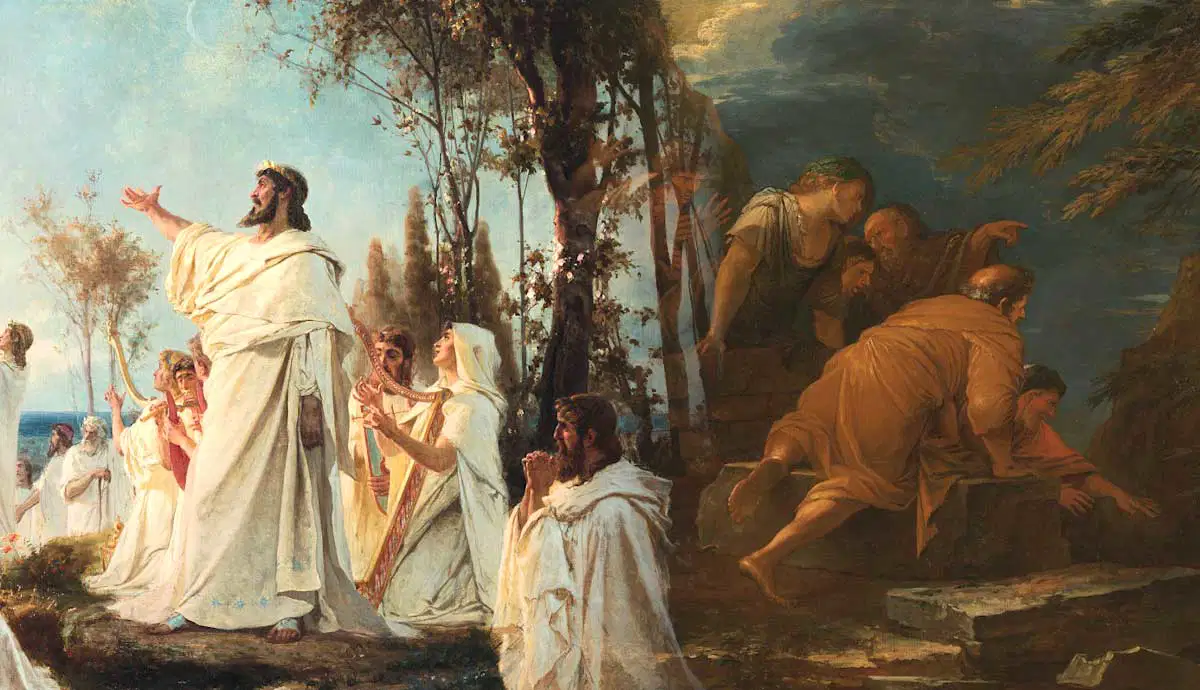Heritage Reimagined: Bridging Past and Present through Symbolic Architecture
Agia Sophia Stadium, Athens, Greece
Shanghai World Expo China Pavilion
Weinhof Synagogue, Ulm, Germany
Lotus Temple, India
Cultural and Spiritual Orthodox Russian Center, Paris
Grand Egyptian Museum, Cairo
Şakirin Mosque, Turkey
Muthanna Central Library, Samawah, Iraq
Museum of the Future, UAE
Buildings are not silent; they narrate the characteristics of an era, an architectural movement, and an entire civilization. They reflect the psyche of the people, their national peculiarities, their way of life, the economy of a state, and the genius of its citizens. The more significant certain buildings are, the more important their style becomes. This is particularly evident in the movement of Symbolic Architecture, which has emerged as a modern yet deeply reflective architectural trend.
Symbolic Architecture, while contemporary and global, uniquely incorporates traditional techniques and historical symbols into modern constructions, creating a dynamic dialogue between the past and the present. This architectural style absorbs and modernizes local cultural specificities, allowing the preservation and highlighting of cultural heritage through contemporary large-scale buildings.
Agia Sophia Stadium, Athens, Greece
The newly constructed football stadium of AEK, known as the Agia Sophia OPAP Arena, is a landmark of modern architecture and a testament to the rich heritage of the AEK football team and the broader cultural history of Greece. Located in Nea Filadelfeia, Athens, the stadium features a design that harmoniously blends contemporary engineering with elements inspired by Orthodox Byzantine architecture. With a seating capacity of 32,500, the Agia Sophia Stadium is not just a state-of-the-art sports facility but also a cultural hub that honors the legacy of AEK's founders, who were refugees from Asia Minor. This stadium stands as a symbol of resilience and pride, reflecting the historical and cultural journey of the AEK team and its fans.
Museum of the Future, UAE
The Museum of the Future in the United Arab Emirates stands as a prime example of Symbolic Architecture. The exterior surface of the museum is covered with steel panels engraved with Arabic calligraphic texts. These texts, excerpts from poems by Sheikh Mohammed bin Rashid Al Maktoum, express optimism and ambitions for the future. This integration of traditional calligraphy into a futuristic building embodies the blend of heritage and forward-looking vision that defines Symbolic Architecture.
Shanghai World Expo China Pavilion
Known as the "Crown of the East," the Shanghai World Expo China Pavilion is another striking example. Its unique shape resembles a traditional Chinese imperial crown. The structure consists of overlapping layers that echo traditional Chinese pagodas, merging traditional Chinese architectural elements with modern construction techniques. The pavilion's dominant red color, symbolizing happiness, good fortune, and prosperity in Chinese culture, reinforces its role as a beacon of China's rich cultural heritage.
Weinhof Synagogue, Ulm, Germany
In Germany, the Weinhof Synagogue in Ulm showcases how Symbolic Architecture can balance modern aesthetics with traditional elements. The exterior surface is clad in white and light-colored limestone, symbolizing purity and spirituality. Large openings shaped like the Star of David allow natural light to flood the interior, reflecting the importance of light in Jewish tradition, particularly during Hanukkah. This balance between past and present is a hallmark of Symbolic Architecture.
Lotus Temple, India
The Lotus Temple in India is a magnificent example of Symbolic Architecture. Shaped like a lotus, a symbol of purity, birth, and spiritual rebirth in Indian culture, the temple's design includes 27 marble "petals" arranged in groups of three, creating nine sides. This design not only honors traditional symbolism but also embraces modern architectural techniques to create a structure that is both spiritually and aesthetically profound.
Cultural and Spiritual Orthodox Russian Center, Paris
The proposed design for the redevelopment of the Cultural and Spiritual Orthodox Russian Center in Paris successfully combines traditional Russian ecclesiastical architecture with modern elements. This space integrates the religious, cultural, and social dimensions of the Russian community in Paris, exemplifying how Symbolic Architecture can foster a deep sense of community and heritage in a contemporary context.
Grand Egyptian Museum, Cairo
In Cairo, the Grand Egyptian Museum is a testament to Egypt's rich historical legacy. The building's dominant triangular shape is reminiscent of the Pyramids of Giza, establishing a direct visual and emotional link with the past. The design includes large, imposing surfaces and embossed facades that recall ancient temples and tombs, while the use of white marble for the exterior evokes the grandeur of ancient Egyptian structures.
Şakirin Mosque, Turkey
The Şakirin Mosque in Turkey integrates traditional Islamic motifs and modern design elements. The transparent dome, made of contemporary materials, allows natural light to enter, symbolizing enlightenment. The glass surfaces and walls decorated with geometric patterns and calligraphy modernize traditional Islamic decorations, creating a space that is both innovative and deeply rooted in tradition.
Muthanna Central Library, Samawah, Iraq
The Muthanna Central Library in Samawah, Iraq, exemplifies how modern architecture can honor ancient heritage. The library incorporates elements that recall ancient Mesopotamia, such as cuneiform writing engraved on various parts of the building. This use of the world's oldest form of writing pays tribute to the rich cultural legacy of the Tigris and Euphrates civilizations, connecting contemporary architecture with humanity's earliest records of history and knowledge.
Conclusion
Symbolic Architecture bridges the gap between tradition and modernity, allowing for the preservation and celebration of cultural heritage through contemporary constructions. By incorporating traditional techniques, historical symbols, and modern design, this architectural movement creates a dialogue between the past and the present, enriching the cultural landscape and providing a deeper sense of identity and continuity. Through buildings like the Museum of the Future, the Shanghai World Expo China Pavilion, and others, Symbolic Architecture continues to shape our understanding of heritage in the modern world.
















